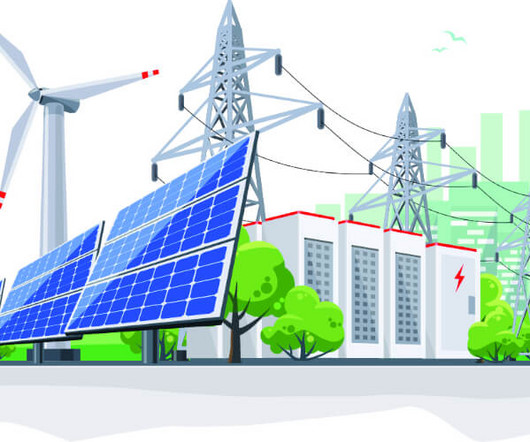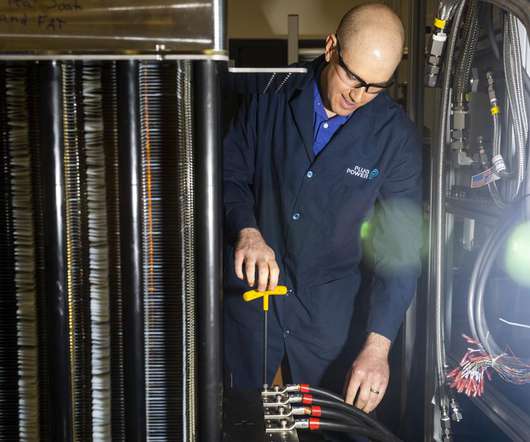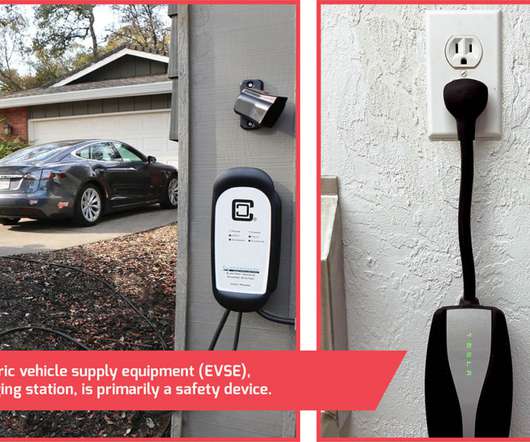EPRI assesses status of 8 key power generation technologies for US; estimates of capital cost and levelized cost of electricity
Green Car Congress
JULY 19, 2011
Comparative levelized cost of electricity in 2025 ($/MWh) at different CO 2 prices. For the report, central-station generation refers to >100 MW, with the exception of some renewable-resource-based technologies. Representative costs are reported in constant December 2010 US dollars. Source: EPRI. Click to enlarge.



























Let's personalize your content